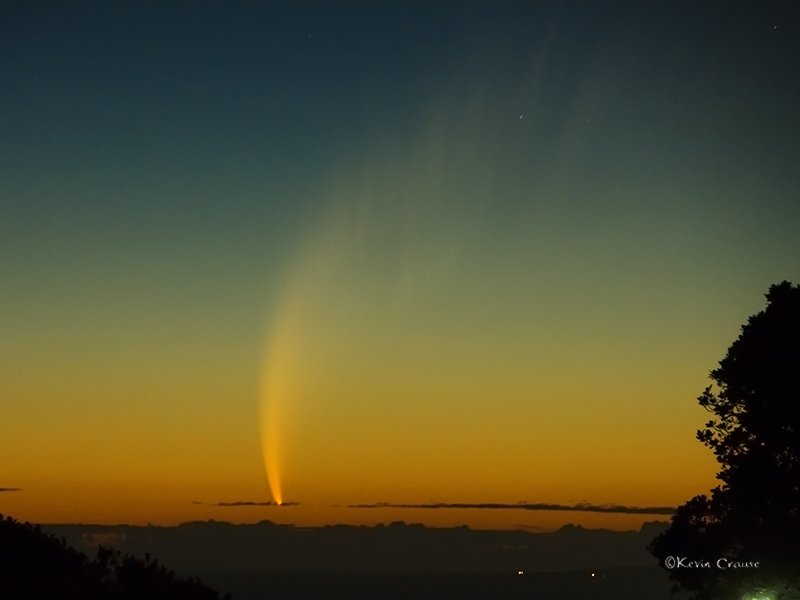I had started to prepare a post containing a list of the freely available useful applications that I keep in a single portable directory that I can rapidly move between systems when I came across
this Download Squad link to the
Software for Starving Students CD for 2007. That list has a lot in common with mine but it is a lot more comprehensive and much better packaged so you can just hit a single link to download the whole lot as a single ISO. It also includes a lot of quite interesting games that I hadn't come across before so I strongly recommend that you head over there and get a copy. Like my own "free application" list there is no particular requirement here for something to be Open Source but the license must be free for individual private use.
There are a couple of applications in my own list that I find important\useful that are missing from theirs, hopefully you will also find some thing here that's useful. If nothing else you will find a couple of apps in the list below that will allow you to actually use the SFSS ISO image even if you don't have any idea what to do with it right now or don't have a CD Burner and the software needed to handle ISO images already installed.
Wireshark. Ver Version 0.99.4 - Ethereal is now Wireshark. The definitive Protocol Analyser , if you need to really see what data is flying across your network connections then this is the best way to go.
Multiping Grapher - Pings multiple addresses continuously and graphs the result. Handy for quick testing of connectivity issues.
TFTPD32 V3.03 - Free DHCP, TFTP, SNTP and Syslog Server + TFTP Client. Does what it says on the tin and all in 150K. Handy for ad hoc trapping of Syslog events or setting up a DHCP server for a small LAN party.
GETIF V2.2 - SNMP utility for querying\setting\graphing SNMP data\stats. Have fun exploring network equipment. for more serious fully automated monitonring you should use Tobias Oetiker's
MRTG or
RRDTool but GETIF is much better for interactive exploration\trouble shooting.
SQL Query Express V3.7 - Completely free SQL Query Analyser. Quite useful if you don't have MS SQL server handy and it adds some additional features to the stock query analyser.
Microsoft XP Virtual CD V.21 - mount ISO's as virtual CD or DVD drives. Very simple and very useful - mount that Starving Students ISO image without even burning it for example.
MKBISO - Make a Bootable ISO image.
BURNCDCC - Small (140k) Burn a CD or DVD from an ISO image.
Folder2ISO V1.3 - Convert a bunch of folders to an ISO.
LCISOCreator - V1.1 - Tiny (14kb) utility to rip CD\DVD discs to ISO. Has some issues with some DVD's and copy protection systems but not bad for 50K.
CPU-Z V1.38 - Get detailed System information from your CPU\MB\Memory. If you want to know your CPU stepping level , L1 Cache details or RAS# to CAS# delay then this is your man.
Panopsys Throttlewatch V2.01 CPU TM2 Throttling, Frequency, Load and CPU Voltage monitor for supported CPU's.
FastStone Screen Capture. V4.8 - Vast improvement on PrtSc\AltPrtSc. If you ever had to make a lot of screen caps then you really want something like this as PrtSc + Pasting into some other app + Saving gets old very fast.
Pmeter - Pixel Meter V 1.03 - On Screen Pixel measurement tool. Very simple but totally effective if you just want to measure things by counting pixels off the screen.
Pstart - V2.09 Portable Start Menu. Very handy menu\shortcut manager - ideal for portable apps.
SyncToy V1.4 - Microsoft's GUI File\directory synchronization utility. This is a really excellent sync utility with multiple sync types support, possibly one of the smartest hidden extra available for Windows from Microsoft.
Sysinternals Utilities. Now Brought to you by Microsoft. :) Start with Process Explorer and Process Monitor but just get them all or at least burn the site address into your head for when you need it.
Robocopy +Windows Server 2003 Resource Kit tools. Includes lots of useful stuff if your running Windows 2000\3 Servers but it is worth getting solely for the 2003\XP010 version of Robocopy. Robocopy idoes for command line junkies what SyncToy does for the more graphically inclined. Now includes bandwidth throttling too.
IRFanView V3.99 - The best image viewer\slideshow utility for windows. Has plugins for every image file type on the planet and a fair few video types too.
DVDX - DVD Ripper. Single step rip and transcode to SVCD\VCD or custom resoltion\bit rate DivX\WMV.
GraphCalc - Windows Graphing Calculator V4.01. Does what it says on the tin, getting a bit dated now but vastly superior to the standard calculator provided by Microsoft.
Notepad++ V3.9 - Fully featured source code text editor and Notepad Replacement.
PureText V2.0 - Convert Clipboard items to plain text before pasting. It's very sinlge minded but if removing the formatting from pasted text is a common problem for you then this is a god send.
The Regex Coach V0.9.0 - GUI Regular Expression debugger. If you use regular expressions at all and your name is not
Jeffrey Friedl then this will save you a lot of time.
Password Safe V3.05.02 - You can't live without em so at least keep them safe. This is by far the best way to handle passwords/PIN's and all those nasty details you invent for sites you really dont want to be totally honest with.







